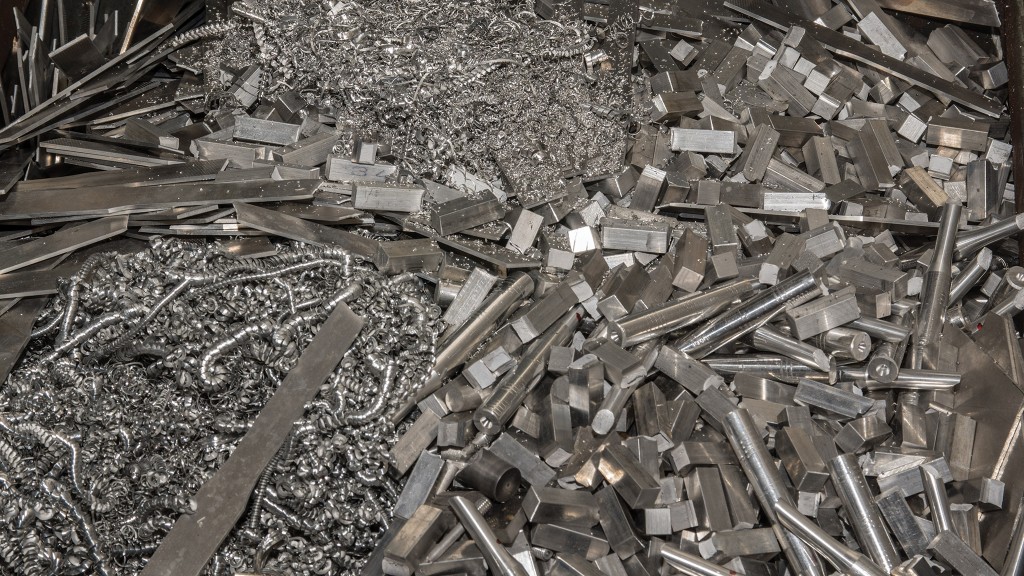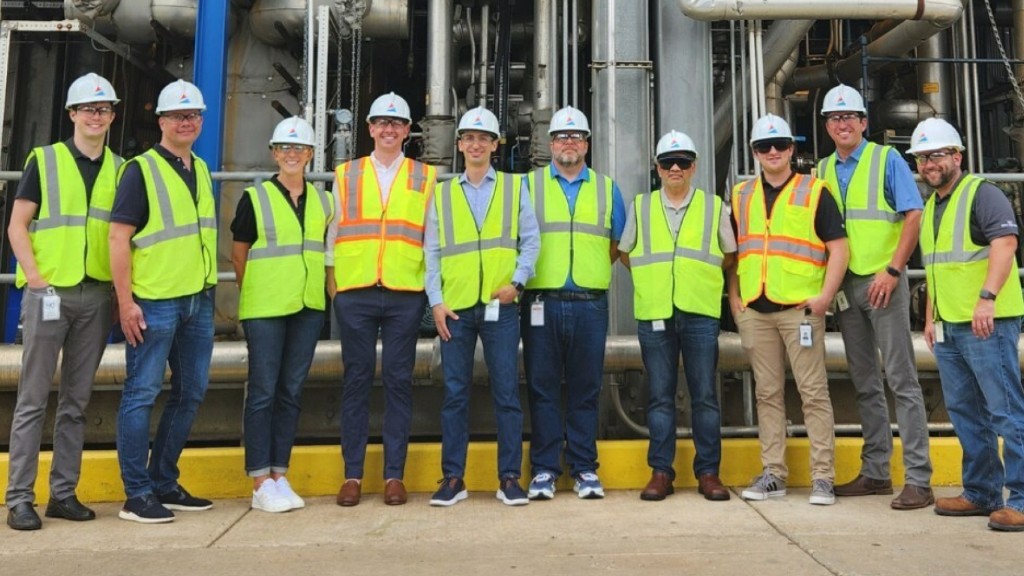
Despite a year of recycled non-ferrous metal producer price indices in the U.S. turning negative, delegates at the BIR convention in Abu Dhabi were told that the medium to longer term is much brighter.
The optimism came from Joe Pickard, chief economist and director of commodities at ISRI.
"When I talk to our ISRI members, there's not a single one who says 2023 has been a better year than 2022, or 2021 for that matter," said Pickard. "Going forward, we have some tremendous opportunities to grow our businesses. Even though we are experiencing some short-term challenges the medium-to-longer-term prospect is incredibly bright for our industry."
Despite the U.S. economy being very resilient, there has been "a real divergence in different sectors" with the service sector outperforming manufacturing in nearly a year. Pickard pointed out, that the spreads for U.S. recycled copper and aluminum over the same period had held relatively steady with supply and demand generally in balance.
He cautioned that China's property sector crisis could deepen with global consequences for commodity exporters. The International Monetary Fund had revised its growth forecasts for China and JP Morgan and S&P Global had reported on manufacturing globally remaining "the main drag on overall economic growth."
The tight labour market in the U.S., with more job openings than people unemployed, was a major challenge for U.S. recyclers looking to hire and retain, Pickard pointed out. It also strengthened the arm of trade unions and continued industrial action in the automotive sector, hitting vehicle output had, what Pickard said, "extremely strong ramifications for non-ferrous demand in the U.S."
Markets were changing, he pointed out. With additional recycling capacity coming on stream in the U.S., the trend for lower proportions of non-ferrous exports was likely to continue. China's drive to cut low-quality scrap imports meant that the U.S. was now exporting higher-quality non-ferrous consignments, such as Bare Bright and copper 1 and 2. India was now the second-biggest market for all recycled commodities combined and that country offered potential for greater trade.
Pickard was encouraged by the number of new facilities coming on stream in the U.S. to process secondary metals, notably copper and aluminum, saying he could not fit them all on his slides. Aluminium Dynamics and Novelis had announced major multi-billion projects which "should tighten market balances going forward."
The second guest speaker, Deepesh Goyal, chief commercial officer of Fujairah Gold in the UAE, considered the Middle Eastern copper market. Fujairah Gold is a subsidiary of the Indian mining multinational Vedanta Resources Ltd. Goyal said five years ago his company was producing a range of primary metals and "we didn't want to get into secondary, but because of the ESG goals and other commitments, we primary producers feel we cannot leave this low hanging fruit if we are to reduce our carbon footprints."
Focussing on copper, he said demand from the electric vehicle and renewable energy industries meant the global outlook was "great," offering opportunities for recyclers. Overall demand was set to increase by one million tonnes every year until 2030. Consumption in the Middle East was expected to grow by nearly 50 percent over the same period, greater than the global average. Goyal identified the key challenges for recyclers as being regulations, trade restrictions, quality consistency, transparency over trading deals, and low margins. He pointed out that Gulf countries exported around 200,000 tonnes of copper annually so that offered a real opportunity for those looking to refine scrap locally.
When asked if there were any plans to acquire recyclers, he said his company was ready to invest and was looking for technology solutions. "We need a constant feed of secondary metals to make it viable and sustainable," he said. He also said that secondary metals were increasingly used in its products. The current figure of 15 percent would soon rise to 20 percent: "Internally, we hope to get to 30 percent but quality and consistency is the issue." The company was also investing in the integration of other secondary metals such as zinc and lead.
Paul Coyte, the new president of the BIR Non-Ferrous Metals Division and trading manager and managing director of Hayes Metals in New Zealand, was upbeat during his opening comments.
"We are the traders, the processors, consumers, and the manufacturers that are collectively making the world a better place," said Coyte. "What we receive as raw material and reuse is contributing to millions of tonnes of net carbon emissions savings every year and it is something we should celebrate."



